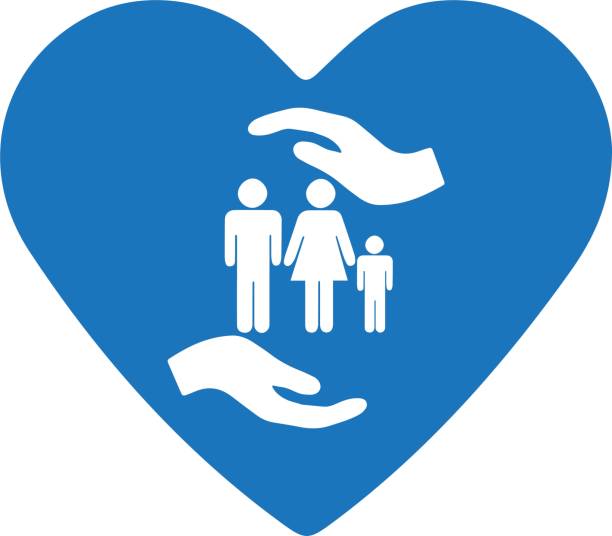

Introduction
Child protection and welfare encompass a broad range of practices, policies, and initiatives designed to ensure the safety, health, and well-being of children. This vital area of work addresses the many forms of abuse and neglect that children can face and aims to create environments where they can thrive physically, emotionally, and psychologically. As societies evolve and new challenges emerge, it becomes increasingly important to adapt and strengthen our approaches to safeguarding the youngest members of our communities.
Understanding Child Protection
Child protection refers to the strategies and actions taken to shield children from abuse, neglect, exploitation, and violence. This includes physical, emotional, and sexual abuse, as well as neglect that can have lasting negative impacts on a child’s development and future well-being.
Types of Abuse and Neglect:
- Physical Abuse: This involves the infliction of physical harm or injury on a child. It can include hitting, shaking, burning, or otherwise causing physical injury.
- Emotional Abuse: This encompasses behaviors that harm a child’s self-esteem or emotional well-being. It might involve constant criticism, threats, rejection, or other forms of verbal or psychological harm.
- Sexual Abuse: This involves any sexual activity with a child, including exploitation, molestation, and rape. It also includes exposure to inappropriate sexual content or behaviors.
- Neglect: This occurs when a child’s basic needs—such as food, shelter, clothing, medical care, or supervision—are not adequately met. Neglect can have severe consequences on a child’s physical and emotional health.
The Importance of Child Welfare
Child welfare focuses on the broader aspects of ensuring children’s well-being. It encompasses not only protection from harm but also the promotion of positive developmental outcomes. This involves providing children with access to education, healthcare, safe living environments, and supportive relationships.
Key Components of Child Welfare:
- Health and Nutrition: Ensuring that children have access to regular medical care, proper nutrition, and preventive health services is crucial for their physical and cognitive development.
- Education: Quality education is a fundamental right and plays a critical role in a child’s development. Ensuring access to education helps children build skills and knowledge necessary for their future success.
- Safe Environment: Creating safe living environments free from violence, abuse, and neglect is essential for children’s well-being. This includes safe homes, schools, and communities.
- Emotional Support: Providing children with emotional support through positive relationships and mental health services helps them develop resilience and cope with challenges.
Legal Frameworks and Policies
Many countries have established legal frameworks and policies to protect children and promote their welfare. These laws set standards for child protection and provide mechanisms for reporting and addressing abuse and neglect.
Key Legal Instruments:
- The United Nations Convention on the Rights of the Child (CRC): This international treaty outlines the fundamental rights of children, including the right to protection from abuse and neglect, and the right to a standard of living adequate for their physical and mental development.
- National Child Protection Laws: Countries often have specific laws that address child protection, including mandatory reporting laws, child abuse registries, and regulations governing child welfare services.
- Local and Regional Policies: Many regions have local policies and programs tailored to address specific needs and challenges within their communities.
Community Involvement and Prevention
Community involvement plays a crucial role in child protection and welfare. Educating the public about child abuse and neglect, promoting positive parenting practices, and creating supportive networks can help prevent abuse and improve outcomes for children.
Strategies for Community Involvement:
- Education and Awareness: Raising awareness about child protection issues and educating parents, caregivers, and professionals on recognizing and responding to signs of abuse and neglect.
- Support Services: Providing access to support services such as counseling, parenting classes, and family support programs can help prevent abuse and strengthen families.
- Collaboration: Encouraging collaboration among schools, healthcare providers, social services, and law enforcement to create a coordinated approach to child protection.
- Advocacy: Advocating for stronger child protection policies and funding for child welfare programs can drive systemic change and improve the support available for children and families.
Challenges and Future Directions
Despite significant progress in child protection and welfare, challenges remain. Issues such as poverty, domestic violence, and lack of access to services continue to impact children’s safety and well-being. Additionally, emerging threats such as online abuse and exploitation require ongoing attention and adaptation of protective measures.
Future Directions:
- Integrating Technology: Leveraging technology to improve child protection efforts, such as using digital platforms for reporting abuse or providing online support resources.
- Addressing Inequality: Ensuring that child protection and welfare services are accessible to all children, regardless of their socio-economic status, race, or geographic location.
- Strengthening Systems: Continuously evaluating and improving child protection systems to ensure they are effective and responsive to evolving challenges.
Conclusion
Child protection and welfare are fundamental to the development of safe and nurturing environments for children. By addressing abuse and neglect, promoting positive developmental outcomes, and involving communities in preventive efforts, we can create a world where every child has the opportunity to grow and thrive. Continued vigilance, adaptation, and commitment are essential to ensuring that the rights and well-being of children are upheld and protected.
